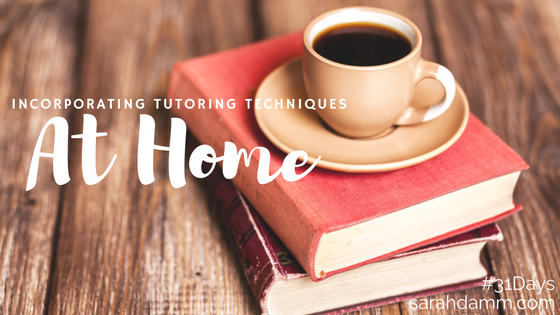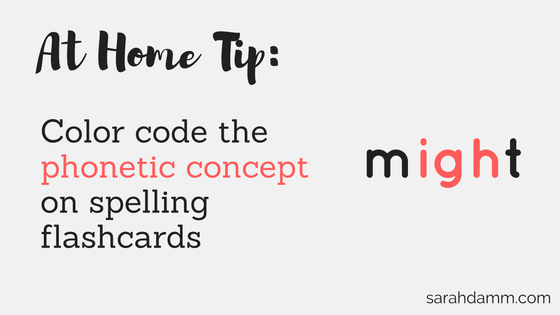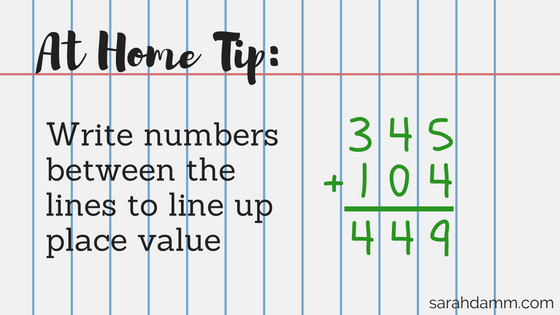
Day 11: #31 Days—Incorporating Tutoring Techniques at Home
Since June, I have sat in on most of my daughter’s tutoring sessions. To think back to her first few sessions and how she struggled still breaks my heart. But observing her has increased my compassion for how truly difficult reading is for her, as if I can feel her pain now more than ever. It also has taught me how I can support her. As I reflect back, I also see the progress she has made. To witness her breakthroughs and pure successes, I am so very proud of my little girl!
Observing how her tutor has worked with her, the real systematic approach the Barton System takes in teaching reading and spelling, I have been able to utilize tutoring techniques at home. When my daughter practices reading and when we are studying spelling words, we apply what she does in tutoring to the homework she receives in school.
For example, when my daughter practices reading at home, she often uses a reading tracker to highlight what she is reading and to block out the rest. When we practice her spelling words, I do my best to use the same techniques her tutor uses at tutoring. I say the word; she repeats it; we break it apart; she finger spells it. It is a method she knows well and can utilize herself, too.

These techniques have also helped some of my other children. For example, my son’s spelling words are from a more traditional curriculum. In one lesson, he might have three different ways of spelling the long i sound—i, ie, igh. There isn’t necessarily an explanation for how and why we spell one word with ie and another words with igh. He just has to know it. This is very different from Orton-Gillingham (Barton), which explains actual spelling rules! So, for my son, I make spelling flash cards and color code the phonetic concept on each card, which gives him something to visualize. Here is a video, which does something similar and even includes visual clues for spelling words.
I also have him spell out his words in colored sand, which you can find online or at a craft store. This is a multi-sensory technique that gives his brain more feedback than if he would write the words on paper. This feedback solidifies the correct spelling of a word in his mind.
Another tip I have found helpful is with math. Turning a piece of notebook paper sideways can help with place value in addition, subtraction, and multiplication problems. Color coding place value can be helpful, too.

Lastly, I cannot stress enough the significance of audiobooks. These can be helpful for young readers as well as older students with longer novels to read for literature classes. After a long day at school and a couple hours of homework at night, my junior high children appreciate reading their assignment by listening to the pages in the novel they’re reading for literature class. Audiobooks can help with reading comprehension, whether a child has Dyslexia or not. Many audibooks are available through the library and Audible, or if you have a child with a diagnosis, I highly recommend Learning Ally and Bookshare.
What tips and techniques have you discovered that help your child with Dyslexia as well as your other children?
For a complete list of topics and links, visit the landing page for 31 Days: One Mom’s Journey With Dyslexia or click the square image below.
